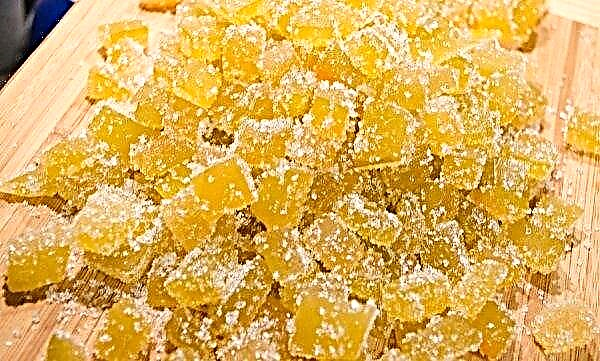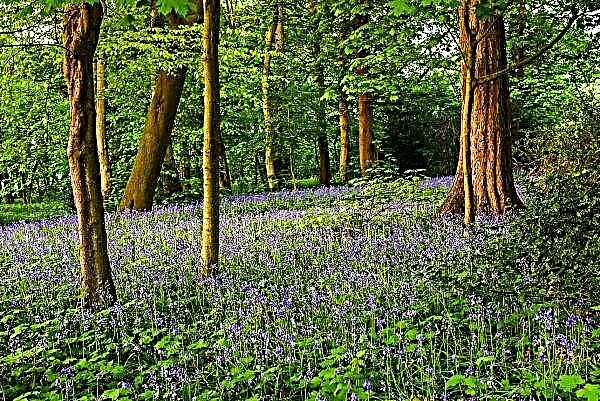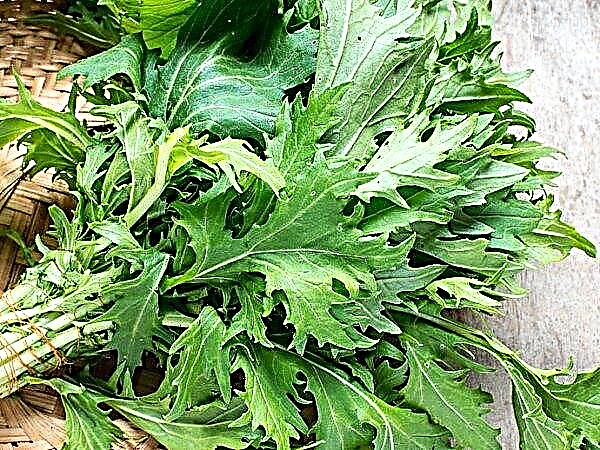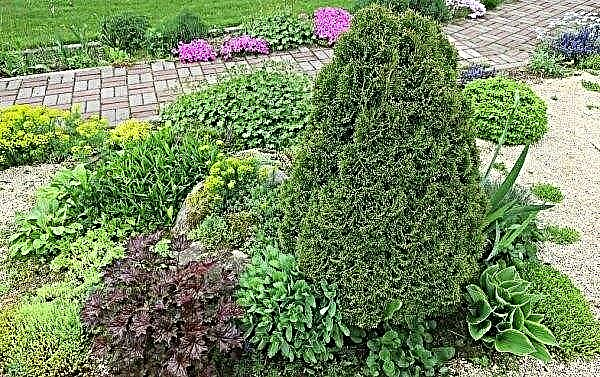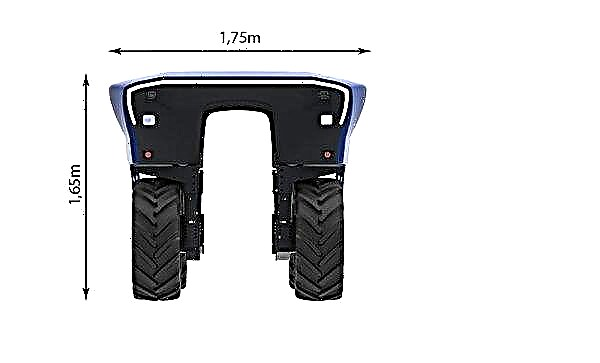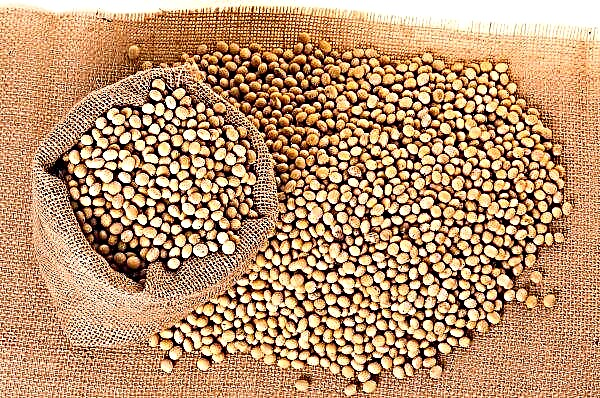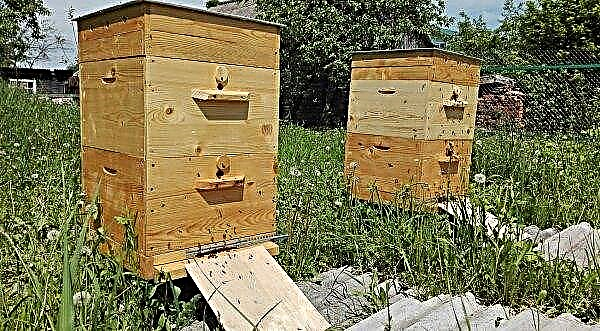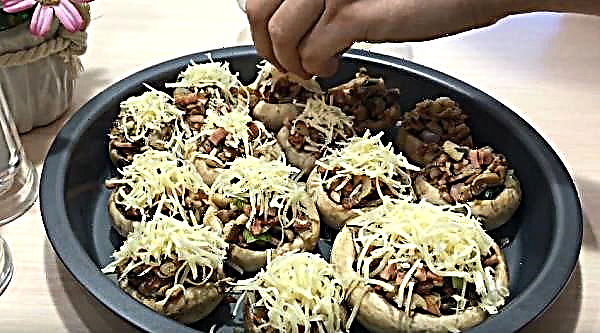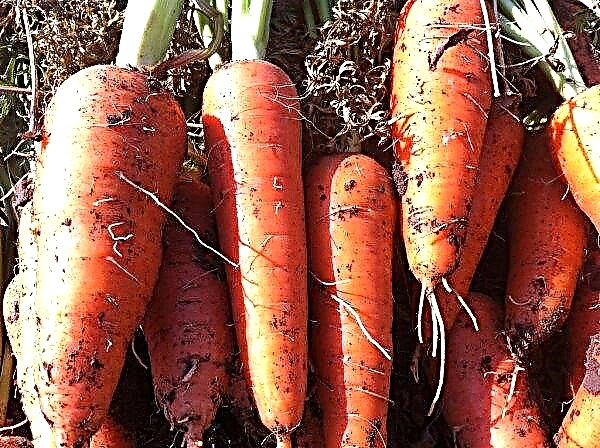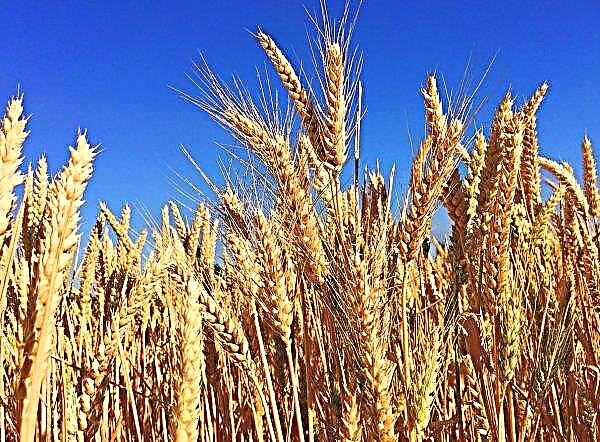Few people know that radish is one of the oldest vegetable crops whose seeds came to Europe from China. It is this root crop that enjoys incredible popularity among summer residents due to its unpretentiousness and usefulness. It is not surprising that breeders seek to develop universal varieties that can grow in any conditions, and one of these varieties is the Duro Krasnodar radish, which will be discussed later.
Grade characteristics
Before you start growing Duro radishes in your summer cottage, you should familiarize yourself with its main characteristics.
Did you know? Due to the rapid ripening and food availability of root vegetables and foliage, radish was selected for an experiment to study plants grown in space. It was cultured on the ISS.
Botanical features
This variety belongs to mid-season and high-yielding, with excellent taste. Root crops have a spherical shape, smooth, peel of bright scarlet color, dense, white tail. The pulp is white, dense, juicy, has a sweet-sharp taste, bitterness is practically absent. The dimensions of the root crop are quite impressive: diameter - 6–7 cm, weight - 35–40 g. Radish tops are dense, leaves are light green, thin, soft, with wavy edges.
Radish tops are dense, leaves are light green, thin, soft, with wavy edges.
Advantages and disadvantages
Like any vegetable crop, Duro Krasnodar has a number of positive qualities and disadvantages that need to be considered when growing.
- The advantages of this variety are:
- high productivity (3–3.5 kg per 1 m²);
- large size root crops;
- soft taste;
- resistance to lack of moisture (does not crack);
- good storage and transportability;
- the ability to grow several crops per season.
- Minuses:
- This vegetable is practically devoid of flaws, it can be noted only that the exactingness of the purity of the soil and the need for frequent weeding.
How to grow in your garden
The cultivation of Duro radish on the site is not a difficult task, but involves compliance with agricultural technology.
Sowing dates
A distinctive feature of the variety is the possibility of multiple seeding throughout the season. Sowing can be done until October with an interval between harvesting and subsequent planting - at least 2 weeks. In open ground, it is best to start sowing radish seeds from April to September inclusive.
In open ground, it is best to start sowing radish seeds from April to September inclusive.
Seat selection and crop rotation
For growing radishes of this variety, an even place on the sunny side of the site is best. The root crop loves loose, light soil; therefore, if it is too heavy, it is recommended to add sand and peat in addition. The optimum acidity of the soil is at the level of 5–7 pN.
The optimum acidity of the soil is at the level of 5–7 pN.
It should be borne in mind that the land on which the representatives of the Cruciferous family - cabbage, rape or colza has already grown in the previous season is not suitable for sowing this vegetable.
Important! Radishes should not be planted next to onions or cucumbers. The most “useful” neighbors will be representatives of the Solanaceae family (potatoes, tomatoes).
Preparatory work
So, the site is selected, and now it is important to organize the sowing process correctly.
Bed preparation
This process is carried out in several stages:
- When digging in the autumn, apply mineral fertilizers to the soil (40 g of superphosphate and 15 g of potassium chloride per 1 m²), then make high beds.
- In spring, loosen the ground with a rake and form landing furrows.
Seed selection and preparation
To obtain a high-quality harvest of radishes Duro Krasnodar it is necessary to carefully choose planting material. It is better to give preference to trusted producers who calibrate the seeds. The preparatory phase involves several sequential steps:
- select whole, large seeds;
- wrap the selected material for a day in a moistened gauze;
- soak the grains in a pale pink solution of potassium permanganate for 10-12 hours, then dry.
 All manipulations with the seeds should be done immediately before sowing.
All manipulations with the seeds should be done immediately before sowing.Sowing pattern and depth
Most often, the standard scheme is used for planting radishes: they make loose wide furrows at a distance of about 70-100 cm from each other, seeds are sown in each furrow by a manual method to a depth of 1.5 cm in increments of 3–3.5 cm in several rows. Moreover, the row spacing is at least 7 cm.
Important! You can not greatly thicken the planting and sow radishes closer than 2.5 cm from each other, since this will lead to disruption of plant growth and require additional thinning of the sprouts.
Further care
The undoubted advantage of the Duro variety is its unpretentiousness, therefore, the rules for caring for the vegetable are extremely simple and understandable.
Watering
Root crops need moist soil so that its flesh is juicy and tasty, and the skin is soft. However, too much moisture can cause radish to rot.
Watering is considered correct as the topsoil dries. As a rule, at a moderate summer temperature, radishes are watered under the root once a day, in the evening. If severe drought is established, then you can increase the number of procedures to 2 per day, early in the morning and in the evening. The average water consumption is 10-12 liters per 1 m² of planting.
Important to rememberthat after a long drought, when the soil has lost a lot of moisture, it is necessary to water the radish sparingly and carefully, gradually increasing the amount of water in order to avoid cracking of root crops.
Top dressing
You need to feed Duro Krasnodar during periods of active growth, for this use mineral fertilizers (for example, superphosphate 15 g per 1 m² of plot or ammonium nitrate at the rate of 10 g of substance per 1 m²). They bring nutrients immediately after the next watering under the root. The first top dressing is done after the appearance of the first seedlings, the second is closer to the middle of the ripening period, that is, after 12-15 days.
The first top dressing is done after the appearance of the first seedlings, the second is closer to the middle of the ripening period, that is, after 12-15 days.
Soil care
Perhaps the most time-consuming type of work when caring for radishes is maintaining order in the beds.
Weeding It is mandatory throughout the entire period of plant growth, make it mandatory after watering. Weeds must be removed carefully, using a small garden tool or manually.
Regular loosening enriches the soil with oxygen, promotes the redistribution of nutrients. Loosening aisles should be regular, you can combine the procedure with weeding. In this case, it is important to try not to touch the roots of the plant, so as not to provoke the throwing of radish shooters.
Harvesting and storage rules
It is recommended to harvest radishes immediately after maturity, that is, 25-30 days after planting. Do not delay the root crop in the ground - this inevitably leads to a deterioration in its taste and coarsening of the peel.
Experienced gardeners in the evening before harvesting produce normal watering, and in the morning they pull out root crops from moist soil. It is not recommended to remove the tops immediately, it is cut off already in preparation for storage, leaving at least 2 cm above the vegetable.Did you know? In the Mexican town of Oaxaca, a radish festival is held in late December. The holiday is timed to the day when the vegetable was first brought to Mexico. Various crafts, figures, decorations and whole compositions are cut from root crops, and farmers compete in growing the largest radish.
Radish can be preserved in 2 common ways:
- In fridge. This method is convenient if the crop is small. Vegetables need to be sorted out (root crops too large cannot be stored), shaken off the ground, but not washed, put in bags and sent to the vegetable box of the refrigerator. At the same time, the packages must be left ajar so that evaporating moisture does not accumulate in them. In such conditions, the root crop can lie 3-4 weeks.
- In the cellar. This method is suitable for a large number of radishes. Preparation begins with sorting the root crops (while the earth does not need to be removed from them), then they should be folded into wooden boxes and sprinkled with sawdust. Such reserves can be stored practically all winter under the observance of external conditions: darkness, air temperature - 0 ... + 4 ° С, humidity - not more than 75%.

So, acquaintance with the variety of radish Duro Krasnodar allows you to make sure that it is perfect for growing both in industrial agriculture and in ordinary summer cottages. Unpretentiousness and high resistance to cold, as well as the ability to cultivate the crop several times a season, make this variety a leader among many representatives of this vegetable.

